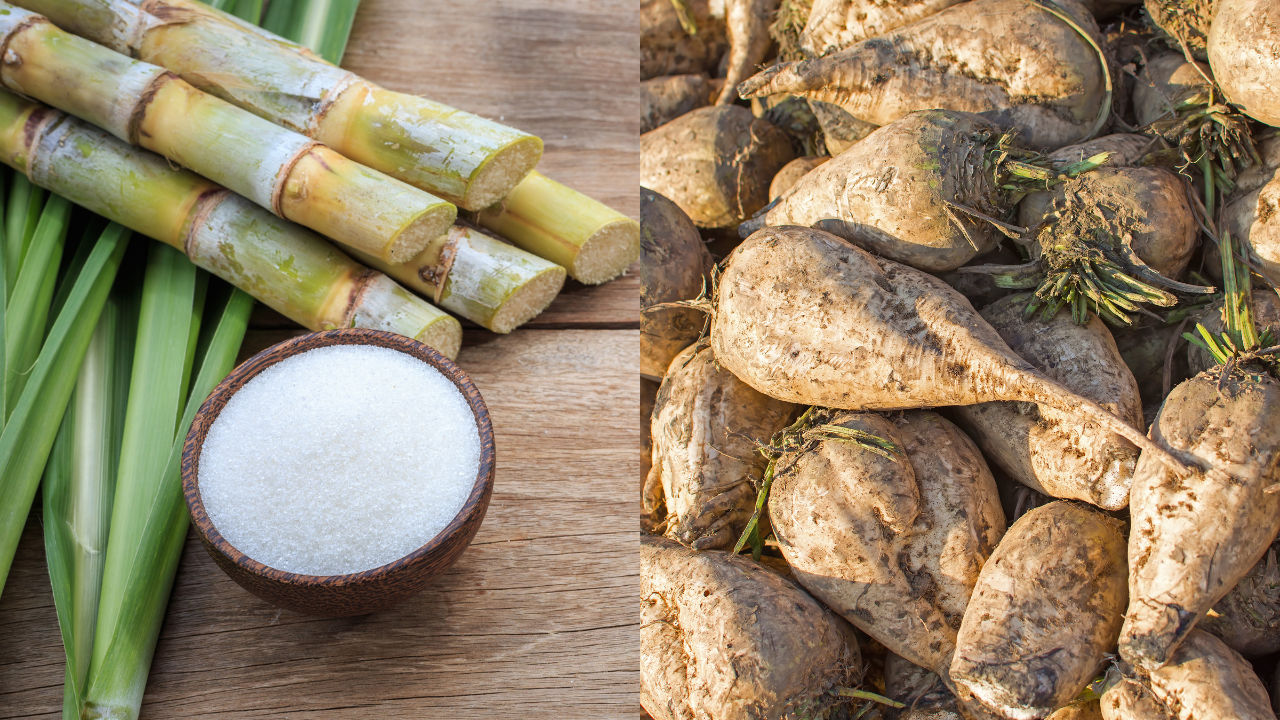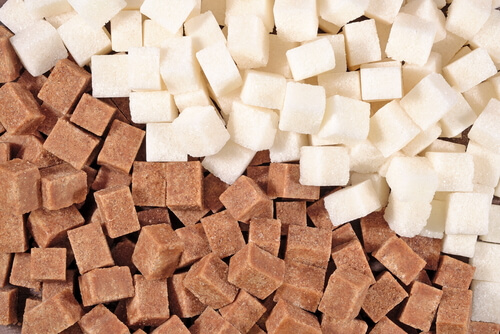A key factor in the beet sugar vs cane sugar debate is how each kind impacts baking.
A key factor in the beet sugar vs cane sugar debate is how each kind impacts baking.
Blog Article
Discover the Uses and Conveniences of Beet Sugar Vs Cane Sugar in Your Daily Diet Plan
Discovering the unique top qualities of beet and cane sugar exposes greater than just their sweetening capacities; it highlights their distinct influence on health and wellness and cookeries. Beet sugar, understood for its refined flavor, is usually favored in fragile treats, whereas cane sugar, with its tip of molasses, adds richness to durable meals. Each kind holds its own dietary account and glycemic implications, inviting a much deeper understanding of their duties in a balanced diet plan and lasting consumption methods.
Beginning and Production Processes of Beet and Cane Sugar

The distinct environments and dirt kinds needed for growing sugar beetroots and sugarcane add to distinctions in their farming practices and geographic circulation, affecting the business economics and sustainability of their manufacturing. beet sugar vs cane sugar.
Nutritional Comparison Between Beet Sugar and Cane Sugar
In spite of stemming from various plants, beet sugar and cane sugar are nutritionally extremely similar, both mainly containing sucrose. Each gives about 4 calories per gram, translating to approximately 16 calories per teaspoon. Structurally, both sugars are made up of approximately 99.95% sucrose, with very little amounts of other compounds like wetness and trace minerals, which do not significantly alter their nutritional profiles.

Eventually, when selecting in between beet sugar and cane sugar based upon dietary web content alone, both deal the same benefits and drawbacks as they are essentially types of the very same particle-- sucrose, giving fast power without various other nutrients.
Effect on Health And Wellness: Glycemic Index and Caloric Content
Checking out additionally into the effects of beet sugar and cane sugar on health, it is very important to consider their glycemic index and calorie material. Both sugars are categorized as sucrose, which includes glucose and fructose. This structure leads them to have a similar impact on blood glucose levels. The glycemic index (GI) of both beet and cane sugar is around 65, categorizing them as high-GI foods, which can create quick spikes in blood sugar degrees. This is a critical element for people managing diabetes mellitus or those attempting to stabilize their power degrees throughout the day.
Each kind of sugar contains around 4 calories per gram, making their caloric content matching. For those keeping track of calorie intake, especially when handling weight or metabolic health problems, understanding this equivalence is crucial (beet sugar vs cane sugar). Too much consumption of any kind of high-calorie, high-GI food can contribute to wellness issues such visit the site as weight problems, heart condition, and insulin resistance.
Environmental and Economic Considerations of Sugar Manufacturing
Beyond wellness influences, the manufacturing of beet and cane sugar additionally elevates substantial ecological and financial problems. Sugar beet farming often tends to call for cooler environments and has a reduced geographical impact contrasted to sugar cane, which grows in exotic areas.
Furthermore, making use of chemicals and plant foods in both beet and cane sugar growing can result in soil deterioration and contamination, additional impacting biodiversity and local water bodies (beet sugar vs cane sugar). The choice in between growing sugar beet or cane frequently hinges on local environmental conditions and economic aspects, making the sustainability of sugar manufacturing a complicated issue
Culinary Applications and Taste Distinctions
While the environmental and financial elements of sugar manufacturing are without a doubt considerable, the choice in between beet and cane sugar likewise affects cooking applications and flavor accounts. Beet sugar, obtained from the sugar beet plant, is known for its extremely neutral taste.
Walking cane sugar, drawn out from sugarcane, commonly keeps molasses traces, which pass on a distinctive splendor and depth. This mild molasses flavor discover this boosts the intricacy of baked goods, sauces, and sauces. It is particularly preferred in things where a sugar undertone is preferred, such as in brownies or gingerbread. Furthermore, the minor variant in moisture material in between beet and cane sugar can affect the appearance and consistency of meals, making cane sugar a favored selection for particular recipes that gain from its unique properties.

Verdict
In verdict, both beet and cane sugar have distinctive beginnings and manufacturing procedures, providing similar nutritional profiles with slight differences in salt web content and taste. While their effect on health and wellness, especially concerning glycemic index and calories, is comparable, the choice in between them commonly comes down to environmental, financial variables, and certain culinary needs. Recognizing these facets can assist customers in making notified decisions that straighten Full Article with their health and wellness goals and taste preferences.
Report this page